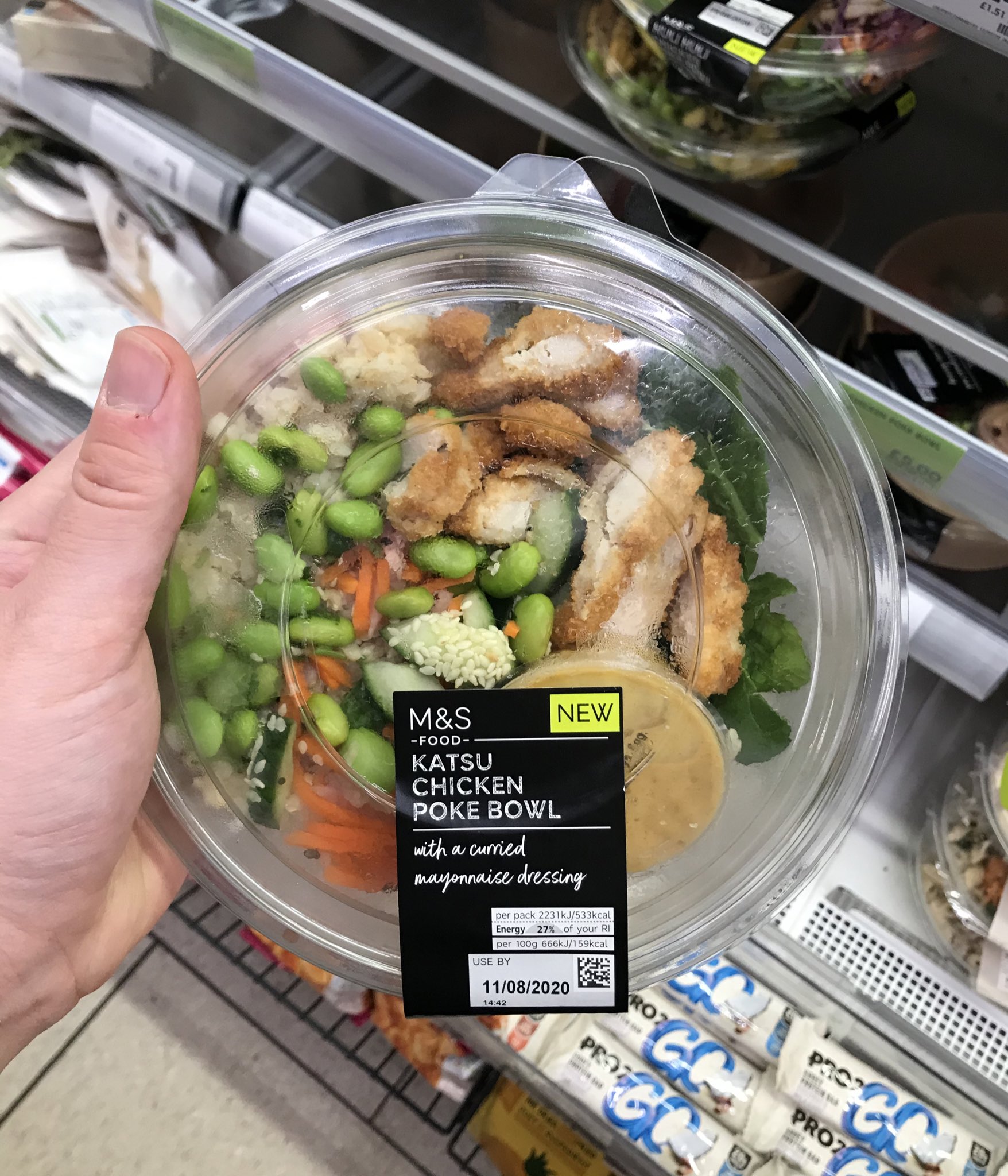Poke 中文
- MissingNo.的一般形态在各个语言版本中都不一样,其中在互联网上最广为人知的是英文版的一般形态。 在《紅/綠/藍》中,如果将一般形态的MissingNo.和正常宝可梦相比较,牠将是攻击种族值最高的,同时也是防御与速度种族值最低的宝可梦。.
- 'poke' 中文翻譯 : poke1 vt. 1.(用手指、棍子等)戳、刺 (in; up; down), 戳進。 2.伸出(頭、指等);把指向。 2.伸出(頭、指等);把指向。 3.撥,添(火等)。.
Pokemon Go 玩久了,大多數的玩家一定會抓到不少神奇寶貝,這時就會面臨到底要強化或進化哪一隻?哪一隻的素質才是最好?是 CP 值高的那隻嗎?.
'poke'的同义詞中文翻译手机版
vt.
1.(用手指、棍子等)戳、刺 (in; up; down), 戳进。
2.伸出(头、指等);把…指向。
3.拨,添(火等)。
4.激励(马等)。
5.〔美俚〕打,殴。
vi.
1.戳,刺 (at)。
2.(头等)伸出;好事,多嘴;探听;打听。
3.摸索着走;闲逛。
4.【板球】小心慢打。短语和例子
n.
1.戳,刺;〔美俚〕一拳,一击。
2.〔美国〕(牛等的)颈轭。
3.〔美俚〕懒人;讨厌的家伙。
4.(救世军女军官等的)帽子的撑边;有撑边的女帽〔又叫 poke-bonnet〕。
n.
1.〔古语〕=pocket.
2.〔主方〕小袋;钱袋;钱包;钱〔尤指个人所有的全部钱钞〕。
3.(鱼的)鳔。
n.
=pokeweed.
- 'poke at'中文翻译 轻轻地拨动, 翻找
- 'poke into'中文翻译 探听/干涉..
- 'eye poke'中文翻译 戳眼睛
- 'gill poke'中文翻译 旋臂式卸车机
- 'indian poke'中文翻译 绿黎芦; 绿藜芦
- 'lizard poke'中文翻译 狂暴魔狼
- 'michael poke'中文翻译 迈克尔波克
- 'poke a fire'中文翻译 挑火
- 'poke about'中文翻译 摸索, 寻找
- 'poke and pry'中文翻译 好管闲事
- 'poke around'中文翻译 闲逛
- 'poke away'中文翻译 捅掉
- 'poke check'中文翻译 捅球手; 用杆捅掉对方运球人的冰球; 杵人阻截
- 'poke checker'中文翻译 捅球手
- 'poke door'中文翻译 拨火门
- 'poke fun at'中文翻译 取笑
- 'poke gun'中文翻译 手动焊钳
- 'poke hole'中文翻译 拔火孔; 拨火孔; 搅拌孔
- 'poke line'中文翻译 囊网引扬纲; 束网索
- 'poke net'中文翻译 一种陷阱网
- 'poke rod'中文翻译 拔动杆; 拨动杆
- 'poke root'中文翻译 商陆根
- 'poke up'中文翻译 把火拨旺
- 'tree poke'中文翻译 树商陆
- 'pokcha'中文翻译 波克恰
- 'poke a hole in the paper'中文翻译 把纸杵个窟窿; 在纸上戳了一个洞; 在纸上捅个洞
例句与用法
Poke 中文
- Poke food through the bars of a cage .
把食物从笼子的栏杆间塞进去。 - I don't want to poke my nose into your affairs .
我不想干预你们的事。 - Why are you poking about among my papers ?
你为什么乱翻我的文件? - She poked at her meal unenthusiastically .
她无精打采地拨弄着盘中的饭菜。 - You nearly poked me in the eye with your pencil .
你的铅笔差点戳了我的眼睛。 - She poked her finger into the hole .
她把手指插入那个孔里。 - The room was cold, he poked the fire up a little .
房间很冷,他把火拨旺了点。 - You like to poke your nose into other people's business .
你喜欢干涉别人的事情。 - I'd like to poke around a bit .
我想在那地方逛一下。 - He pokes his nose into everything .
他这人好管闲事。
- 更多例句: 1 2345
英文解释
- (boxing) a blow with the fist; 'I gave him a clout on his nose'
同义词:punch, clout, lick, biff, slug, - a sharp hand gesture (resembling a blow); 'he warned me with a jab with his finger'; 'he made a thrusting motion with his fist'
同义词:jab, jabbing, poking, thrust, thrusting, - a bag made of paper or plastic for holding customer's purchases
同义词:sack, paper bag, carrier bag, - someone who takes more time than necessary; someone who lags behind
同义词:dawdler, drone, laggard, lagger, trailer, - tall coarse perennial American herb having small white flowers followed by blackish-red berries on long drooping racemes; young fleshy stems are edible; berries and root are poisonous
同义词:pigeon berry, garget, scoke, Phytolacca americana, - poke or thrust abruptly; 'he jabbed his finger into her ribs'
同义词:jab, prod, stab, dig, - make a hole by poking
- hit hard with the hand, fist, or some heavy instrument; 'the salesman pounded the door knocker'; 'a bible-thumping Southern Baptist'
同义词:thump, pound, - stir by poking; 'poke the embers in the fireplace'
- search or inquire in a meddlesome way; 'This guy is always nosing around the office'
同义词:intrude, horn in, pry, nose,
其他语种
- pokeとは意味:1poke n. 突き, つつき; こづくこと; 《口語》 こぶしで殴ること. 【動詞+】 ◆Give him a poke and wake him up. 彼をつついて起こしてやりなさい ◆I'll take a poke at him if he doesn't shut up. 《口語》 黙らなければ彼を殴ってやろう. 【形容詞 名詞+】 ◆He threw in an affection...
相关词汇
精彩推荐

男女之间有纯洁的友谊吗? (双语)
Ahi poke made with tuna, soy sauce, sea salt, green onions, Maui onions and limu | |
| Type | Salad |
|---|---|
| Course | Appetizer |
| Place of origin | Ancient Hawaii[1][2] |
| Region or state | Hawaii[1][2] |
| Main ingredients | Yellowfin tuna, sea salt, soy sauce, inamona, sesame oil, limu seaweed, chili pepper |
Poke/poʊˈkeɪ/ (Hawaiian for 'to slice' or 'cut crosswise into pieces';[3][4] sometimes stylized 'poké' to aid pronunciation[5][6][7]) is diced raw fish served either as an appetizer or a main course and is one of the main dishes of Native Hawaiian cuisine. Traditional forms are aku (skipjack tuna) and heʻe (octopus). Heʻe (octopus) poke is usually called by its Japanese name tako poke, except in places like the island of Niʻihau where the Hawaiian language is spoken. Increasingly popular ahi poke is made with yellowfin tuna. Adaptations may feature raw salmon or various shellfish as a main ingredient served raw with the common poke seasonings.[8]
History[edit]
The traditional Hawaiian poke consists of fish that has been gutted, skinned, and deboned. It is served with traditional condiments such as sea salt, candlenut, seaweed, and limu.[9]
According to the food historian Rachel Laudan, the present form of poke became popular around the 1970s. It used skinned, deboned, and filleted raw fish served with Hawaiian salt, seaweed, and roasted, ground candlenut meat. This form of poke is still common in the Hawaiian islands.[2]
Beginning around 2012, poke became increasingly popular in North America.[10][11][12] From 2014 to mid-2016, 'the number of Hawaiian restaurants on Foursquare, which includes those that serve poke,' doubled, going from 342 to 700.[10] These restaurants serve both traditional and modern versions of the dish. The modern version is sometimes called poké bowl, and has the ingredients arranged in a grouped way rather than mixed. Variations may include avocado, ponzu sauce, teriyaki sauce, mushrooms, crispy onions, pickled jalapeño, sriracha sauce, cilantro, pineapple, or cucumber. Unlike traditional Hawaiian poke, the mainland style is typically not pre-marinated, but is instead prepared with sauces on demand. Contemporary poke restaurants are mostly—but not exclusively—fast casual style restaurants where the dish is fully customizable from the base to the marinade on the fish. They may use other seafood but ahi tuna is the most popular.
There is a three-day 'I Love Poke' festival to celebrate the dish and its many variations.[13]
Ingredients[edit]
Poke began with fishermen seasoning the cut-offs from their catch to serve as a snack.[9] While poke is a regional American-based cuisine from Hawaii, traditional poke seasonings have been heavily influenced by Japanese and other Asian cuisines. These include soy sauce, green onions, and sesame oil. Others include furikake (mix of dried fish, sesame seeds, and dried seaweed), chopped dried or fresh chili pepper, limu (seaweed), sea salt, inamona (roasted, crushed and salted candlenut), fish eggs, wasabi, and Maui onions. Other variations of poke may include cured heʻe (octopus), other types of raw tuna, raw salmon and various kinds of shellfish.[8]



Traditional Hawaiian poke may consist of cubed raw fish, maui onions, inamona, limu, soy sauce, green onions, or sesame oil.[14]
Poke 中文 名词
Similar dishes[edit]
Poke is similar to other Polynesian fish salads such as ika mata in the Cook Islands, kokoda in Fiji, oka in Samoa and 'ota 'ika in Tonga.[15]
A very similar dish is the kinilaw of the Philippines, known as the 'Philippine ceviche'. Kinilaw is usually raw diced fish marinated in citrus juice, sour fruits, or vinegar with extracts from mangrove bark or fruits (and sometimes coconut milk). It is indigenous to the islands, with traces recovered from archaeological sites dated to the 10th to 13th centuries AD. This process can also be applied to other seafood and lightly blanched or grilled meat (the latter being generally differentiated as kilawin).[16][17][18] The dish was introduced to Guam during the Spanish colonial period, resulting in the derivative Chamorro dish of kelaguen.[19][20]
The Ilocano dish poqui poqui of the Philippines also likely derived its name from poke, after the influx of Ilocano sugarcane workers to Hawaii during the American colonization of the Philippines. However, they are very different dishes, with poqui poqui being a scrambled egg dish with grilled eggplants and tomatoes.[21][22]
Raw fish dishes similar to poke that are often served in Europe are fish carpaccio and fish tartare. Also similar to poke are Korean hoe-deopbap, marinated raw tuna served over rice, and Peruvian ceviche. Japanese sashimi also consists of raw seafood; other similar Japanese dishes are zuke don, a donburi dish topped with cured fish (usually tuna or salmon) along with avocado topped with furikake, and kaisendon, a more elaborate version served with additional non-fish toppings.
See also[edit]
References[edit]
- ^ abMatt Dean Pettit (10 April 2018). The Great Shellfish Cookbook: From Sea to Table: More than 100 Recipes to Cook at Home. Appetite by Random House. p. 161. ISBN978-0-14-753058-5.
- ^ abcLaudan, Rachel (1996). The Food of Paradise: Exploring Hawaii's Culinary Heritage. University of Hawaii Press. pp. 37–38. ISBN9780824817787. Retrieved 2017-01-28.
- ^Martha Cheng (24 January 2017). The Poke Cookbook: The Freshest Way to Eat Fish. Potter/Ten Speed/Harmony/Rodale. pp. 7–8. ISBN978-0-451-49807-6.
- ^Mary Kawena Pukui and Samuel Hoyt Elbert (2003). 'lookup of poke'. in Hawaiian Dictionary. Ulukau, the Hawaiian Electronic Library, University of Hawaii Press.
- ^Noguchi, Mark. 'A Conflicted Chef From Hawaii Reacts to the Mainland Poke Bowl Trend'. First We Feast. Retrieved 11 June 2018.
- ^Tan, Rachel. '6 Things To Know About Hawaiian Poke'. Michelin Guide. Retrieved 11 June 2018.
- ^Cheng, Martha. 'How the Hawaiian poke bowl became the world's new fast food'. Hawai'i Magazine. Retrieved 11 June 2018.
- ^ abTalwar, Kalei (17 July 2009). 'Make Hawaii-style ahi poke wherever you are. Here's a recipe'. Hawaii Magazine. Retrieved 2015-11-24.
- ^ ab'Hawaiian Ahi Tuna Poke Recipe and History, How To Make Poke, Whats Cooking America'. whatscookingamerica.net. Retrieved 2015-11-24.
- ^ abVince Dixon, Data Dive: Tracking the Poke Trend: Proof that the Hawaiian dish is here to stay, Eater (September 14, 2016).
- ^
- Catherine Smart, The Hawaiian raw-fish dish poke is having a moment, Boston Globe (December 27, 2016).
- Laura Hayes, What Does a Hawaii-Born Chef Think of D.C.'s Poke Craze?, Washington City Paper (April 13, 2017).
- Jay Jones, Hawaii's endless poke craze, stoked by new twists and traditional dishes, Los Angeles Times (May 12, 2016).
- Hillary Dixler, Can Poke Be the Next Fast-Casual Trend? Why restaurateurs are building brands around the Hawaiian staple, Easter (January 22, 2016).
- ^Fabricant, Florence (2016-01-26). 'Poké, a Hawaiian Specialty, Emerges in Chelsea'. The New York Times. ISSN0362-4331. Retrieved 2017-05-05.
- ^Stradley, Linda (2015-05-16). 'Hawaiian Ahi Tuna Poke Recipe, Whats Cooking America'. What's Cooking America. Retrieved 2017-05-04.
- ^Namkoong, Joan (2001-01-01). Go Home, Cook Rice: A Guide to Buying and Cooking the Fresh Foods of Hawaiʻi. Bess Press. ISBN9780964335929.
- ^Grant, Ginny. 'Ika mata recipe'. Cuisine. Retrieved 5 April 2019.
- ^Ninah Villa (27 June 2015). 'Kinilaw History, Origin and Evolution – Into the Heart of Freshness'. Pinoy Wit. Retrieved 16 January 2017.
- ^'Tabon Tabon Fruit'. Market Manila. 8 January 2008. Retrieved 16 January 2017.
- ^Alan Davidson (2014). The Oxford Companion to Food. OUP Oxford. pp. 445–446. ISBN9780191040726.
- ^'Chicken Kelaguen & Flour Titiyas'. Annie's Chamorro Kitchen. 29 July 2013. Retrieved 16 January 2017.
- ^'Exploring Chamorro Cuisine'. Just Wandering. 20 June 2011. Retrieved 16 January 2017.
- ^Barnes, Patti. '24 Egg Recipes That Are Totally Cracked (But We Have To Try)'. TheRecipe. Retrieved 18 December 2019.
- ^'You Are Probably Wondering How the Filipino Dish 'Poqui Poqui' Got Its Name'. Yummy.ph. Retrieved 18 December 2019.
- Titcomb, Margaret (1972). Native use of fish in Hawaii (2nd ed.). Honolulu, Hawaii: University of Hawaiʻi Press. ISBN9780870227974. OCLC309517.
External links[edit]
Poke 中文 是 什么
| Wikimedia Commons has media related to Poke (Hawaii). |